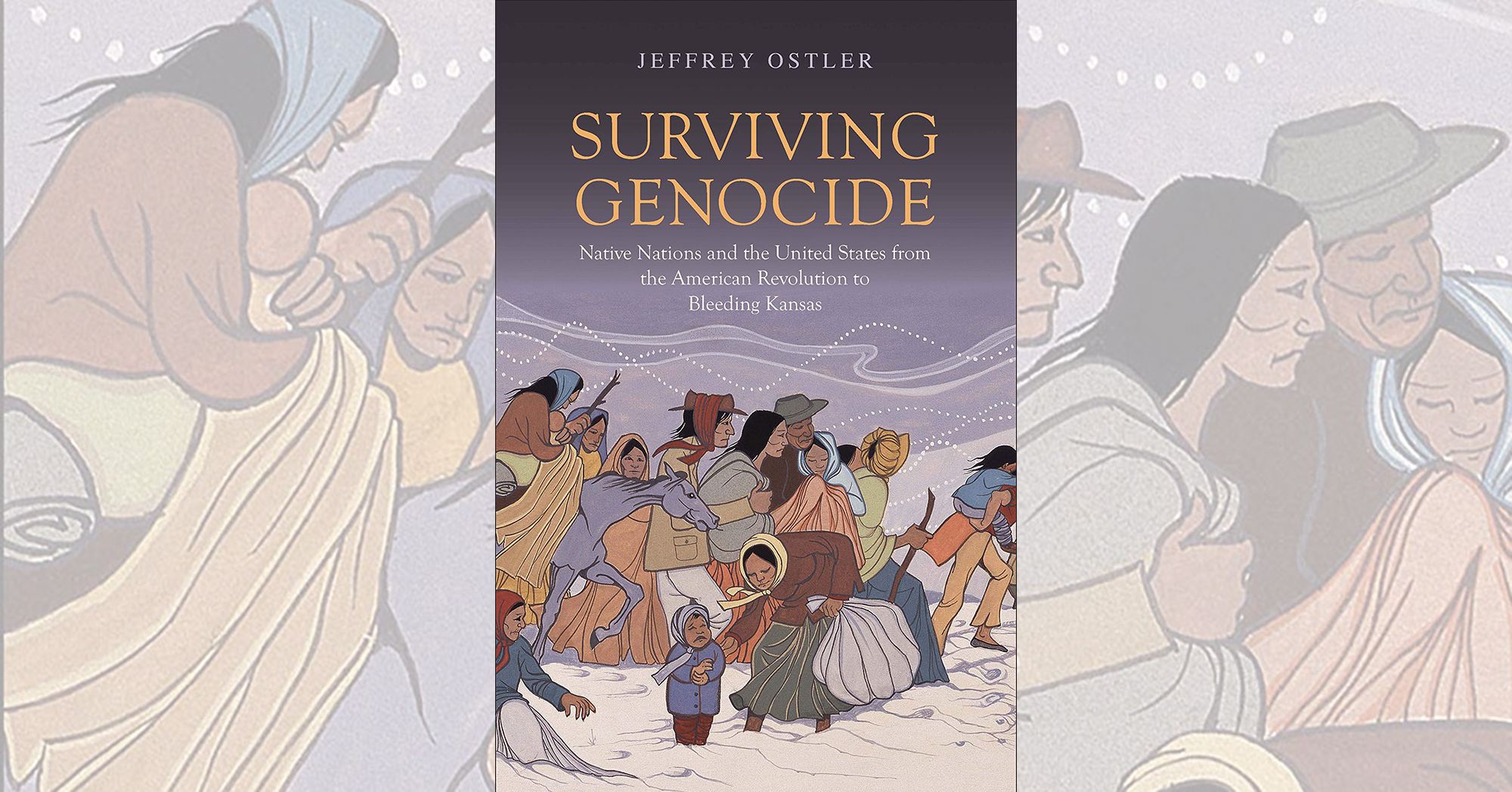Surviving Genocide: Native Nations and the United States From the American Revolution to Bleeding Kansas, by Jeffrey Ostler, Yale University Press, New Haven, Conn., and London, 2019, $37.50
Observing displaced Choctaw Indians leaving Memphis to cross the Mississippi River in December 1831, French essayist Alexis de Tocqueville wryly (one might even say cynically) remarked at how, compared to the brutish heavy-handedness of the Spanish, Anglo-Americans exterminated American Indians “with singular felicity, tranquilly, legally, philanthropically, without shedding blood and without violating a single of great principle of morality in the eyes of the world.” One might still see that spirit of justifiable homicide in Western films made through the 1950s, depicting the Indian as a murderous killer of women and children whose ultimate demise is his comeuppance for his savage, stubborn obstruction of advancing civilization, progress and Manifest Destiny. The multitude of Indian deaths, including women and children, to white weaponry went generally unnoticed, to say nothing of the death toll due to disease, many introduced from the Old World, or the malnutrition that left them open to such maladies. The question of whether the rapid decline in Indian population as “westward ran the course of empire” constituted a form of ethnic cleansing or, to put it more bluntly, genocide would vanish from history books were it not for one inconvenient part of the outcome: The Indian nations were not extirpated. Somehow enough of them survived to uphold their own history and bear witness to the crimes perpetrated against them over several centuries.
Surviving Genocide is an ambitious attempt to put the Indian wars in overall perspective, while racking up and analyzing statistics to determine whether or not those multiple conflicts truly amount to the G-word. This is the first of two volumes, covering the struggle for land that began with the first Spanish arrivals in North America through the United States’ securing of lands east of the Mississippi River to the brink of the Civil War. The next volume enters more familiar ground to Wild West readers. The two volumes together will provide background and perspective to the American Indian struggle to adapt and survive in the “Land of the Free and Home of the Brave.”
—Jon Guttman





